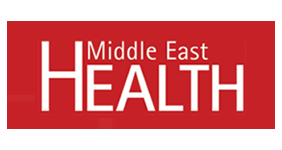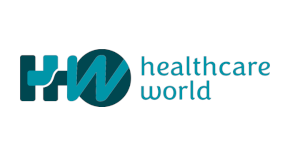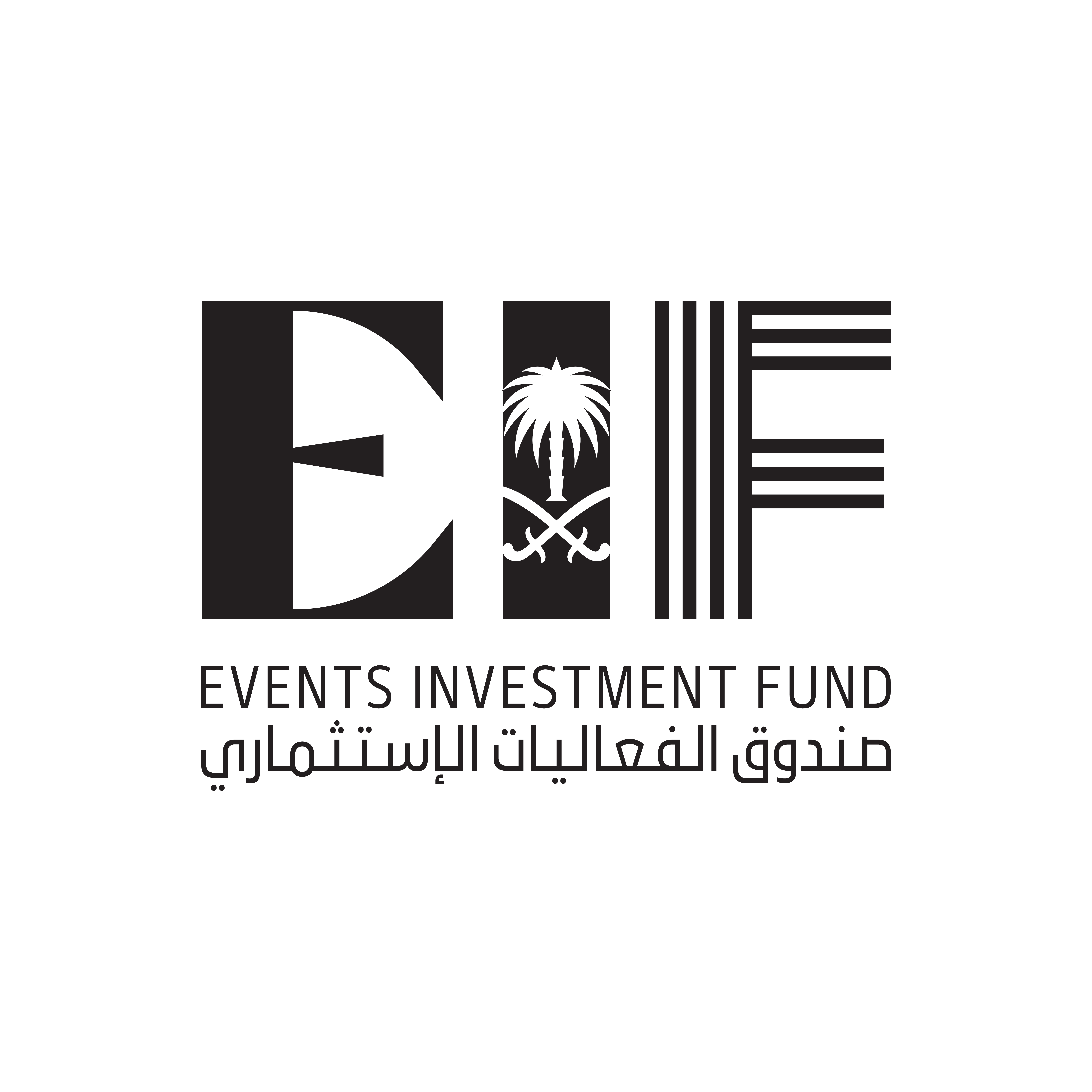A snapshot of the healthcare landscape in Saudi Arabia
By Global Health
The KSA healthcare industry is growing with agility and is estimated to be valued at USD 23 billion by 2027. Their government has constantly been pushing toward advancing facilities for patients and healthcare providers, with digitization forming a core focal point. These enhanced healthcare efforts are estimated to reach 31 million residents and citizens.
Recently, the kingdom assumed the top position among countries in the Gulf Cooperation Council (GCC) concerning healthcare spending. Such advancements come as a welcome change to their decade-long demand for improved healthcare facilities.
Their growing healthcare lab market was valued at USD 14.6 billion in 2021 and is expected to reach USD 23.39 billion by 2027. The kingdom is already meeting the global average of 17 beds in a mental hospital per 100,000 people. Mental health policies have also been receiving a boost and have seen their fair share of growth.
These numbers bring us to some natural inquiries like what one of the finest healthcare industries in the Gulf region looks like today, what’s operating at the level of their government, and what kind of developments we can expect shortly. So let’s take a closer look at these aspects.
An Overview of Medical Facilities in KSA
Kuwait and Saudi Arabian healthcare is primarily government-driven, as multiple public agencies provide free healthcare coverage. Out of their 450 hospitals, 58% are public facilities, 38% are private, and 9% make up military hospitals.
The kingdom ensures that every Saudi national is entitled to free public health insurance. This includes access to various treatment facilities, including hospitals, clinics, and outpatient services. It also
covers pharmacy, dental, and rehab facilities. However, these public services are unavailable to expatriates living in the Kingdom. This is where the role of private healthcare insurance comes into play.
In addition to providing regular healthcare, the Saudi government also extends healthcare facilities to the millions visiting the country during Hajj and Umrah. The facilities provided range from medical cities, specialized hospitals, and primary care centers to military hospitals.
As an overview, three unique healthcare facilities stand out in their well-rounded layout extension of medical services:
1. Saudi Patient Safety Centre (SPSC)
This is a vital component of the national patient safety plan and has helped increase the proportion of institutions that meet the American Standard for Patient Safety Culture from 30% in 2018 to 60% in 2020.
2. Health Clusters
The Health Cluster is a network of integrated healthcare providers operating under a single administrative structure. It serves one million people and offers medical professionals internal mobility prospects. Two recently established health clusters include Riyadh Health Cluster One and the Second Health Cluster in Central Region.
3. Digital Health
The goal of the KSA digital healthcare system is to change the way healthcare is provided by expanding the technology used to equip people with better and safer medical care. This primarily concerns telehealth, cybersecurity, system certification, and advanced functionality, including artificial intelligence, analytics, and care models.
What are core policies and regulations operating at their government level?
The KSA government has been visibly placing a significant thrust on advancing its healthcare ecosystem. They’re investing in creating a robust infrastructure that caters to varied healthcare needs.
In terms of expenses, they currently allocate 14.4% of their budget to the healthcare sector. As such, this spending has been reaping dividends. They’ve witnessed a notable health sector boom over the last decade, driven by several government initiatives, including:
- Increasing the number of hospitals and hospital beds
- The launch of Saudi Vision 2030 in 2016 to transform and diversify income sources and reduce dependence on oil. With that, KSA actively advocates for digital healthcare transformations to the tune of USD 1.5 billion.
- National Transformation Programme (NTP), a part of Vision 2030, aims to develop international standards of patient care. The NTP has further defined three healthcare transformation goals to accomplish by 2030:
- Expanding access to healthcare services
- Enhancing the quality and effectiveness of healthcare services
- Encouraging disease prevention by improving access to care and preventive services
- The government has also been extending ample subsidies. This ensures that public access to pharmaceuticals is affordable.
- They are also working on increasing insurance penetration and expanding its benefits. In 2021, medical insurance covered only 27.3% of the population under medical insurance. The KSA government has now made it mandatory for all Saudi citizens to obtain health insurance. Further, in 2022, the Council of Cooperative Health Insurance (CCHI) amended the list of primary benefits. It now includes procedures such as knee replacement surgery, adult vaccines, telemedicine services, and post-discharge patient homecare under insurance coverage.
In short, there are tangible results from their government’s efforts.
As for the modus operandi, the government has embraced public-private partnerships (PPP) to build resilience and specialty areas in the healthcare infrastructure. Their proposed PPP bill establishes the legal foundation for the Saudi government's first healthcare outsourcing initiatives.
With that, KSA is gearing up with 100 PPP health projects in the pipeline, estimated to be worth USD 13 billion over the next five years. It is anticipated that private intervention will contribute to USD 200 billion in revenue by 2030.
What does the future KSA healthcare infrastructure look like?
It’s safe to say that the health sector in KSA is currently bubbling with opportunities for the healthcare industry. If all goes as to plan, the kingdom is likely to rise higher in the ranks of the global healthcare scene and set an example.
- Their newly created Health Sector Transformation Programme, founded in 2022, is expected to fuel the continuing expansion of their healthcare services. It aims to reform the health sector to become a comprehensive, practical, and integrated health system that is based on the health of the individual and society.
- Alongside the progress in healthcare, KSA has some immediate challenges to overcome. A July 2022 report highlighted the disparity in hospital bed distribution: Medinah is saturated with 3.4 beds per thousand people, while Jeddah has a capacity of 1.9 beds per thousand people. With growing private players, we can expect to see an increase of 3000 beds in the next three years. This will be possible with the intervention of some key players in the sector, including:
- Sulaiman Al Habib: Expected to add 1321 beds and 950 clinics throughout KSA
- Mouwasat: Expected to add 400 beds in Medina
- Dallah Healthcare: Expected to add 236 beds in Namar, Nakheel, and the Kingdom
- Middle East Healthcare: Expected to add 1031 beds and 326 clinics throughout KSA
- We expect several other health sub-sectors in KSA to grow further as they gain high traction. These include:
- Mental health: This has high projections, thanks to mental care spending, insurance penetration, and income increase.
- Digital Health: Government’s USD 1.5 billion allocations for digital transformation will likely take KSA to the position of the fastest-growing digital health market in the GCC.
- Medical devices: The estimated USD 2 billion markets for medical equipment in KSA is expanding at a 10% CAGR. We can expect a transition from the kingdom producing low-value goods to high-value medical goods. This switch should be possible with financial incentives underway to promote domestic manufacturing.
Global Health Exhibition 2023
Join us at Global Health Exhibition from 29-31 October 2023 at Riyadh Front Exhibition & Conference Center to get a closer look at how your company can benefit from this lucrative market by meeting high profile audience including dealers & distributors, key healthcare providers, senior government policy makers, investors and end users as we connect Saudi healthcare community with that of global healthcare community.
Hosting more than 30,000 healthcare & laboratory professionals from over 60 countries, the 6th edition of Global Health Exhibition will feature a dedicated Investment Zone to present the investor journey and providing a platform to emphasize and discuss the latest regulations, government initiatives, and emerging developments that are shaping the healthcare sector in Saudi Arabia, additionally, the event will feature a Laboratory Zone where industry leaders will display their products and solutions to the KSA medical laboratory community.
Alongside, this year’s event will bring 8 educational tracks including Leaders in Healthcare Summit, Public Health, Nursing, Future of Clinical Lab, Future of Radiology and Quality Healthcare among the others.
Get Involved
Stand enquiry
Complete the form and someone from the team will get in touch with you and discuss the opportunities.
Visitor registration
Register your interest to attend as a visitor and we will notify you once the registration form is live.
Conference enquiry
Register your interest for the Global Heath Conference and we will notify you once the registration form is live.
For inquiries, please contact [email protected]

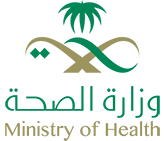
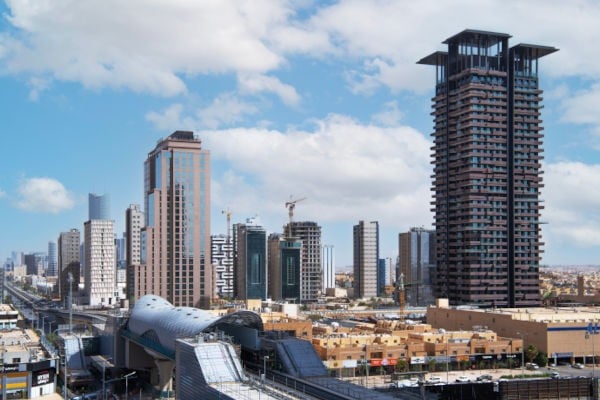






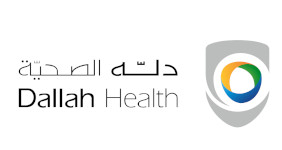
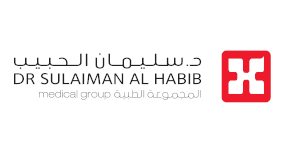
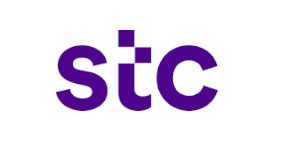
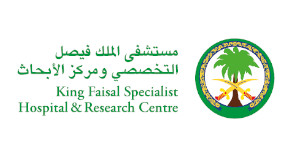


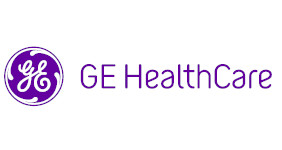
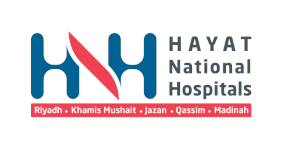
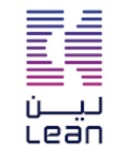


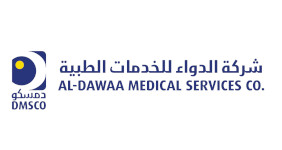

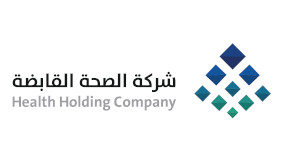
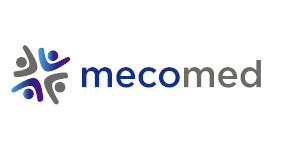

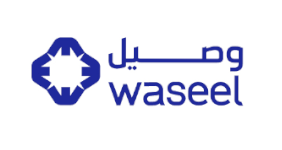





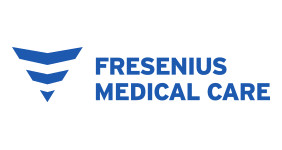
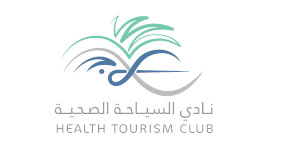
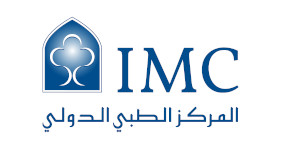





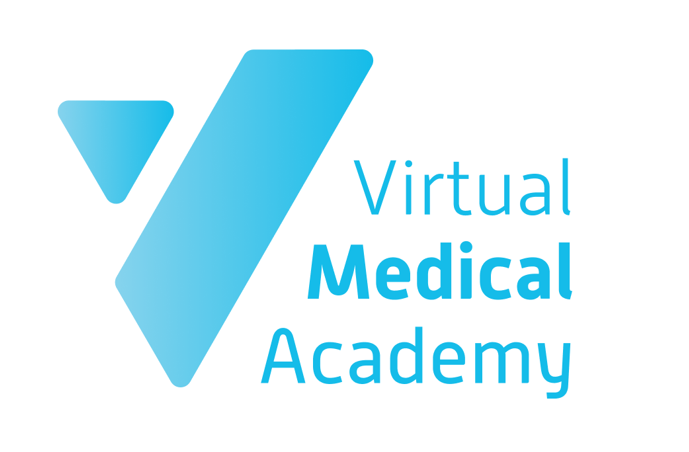

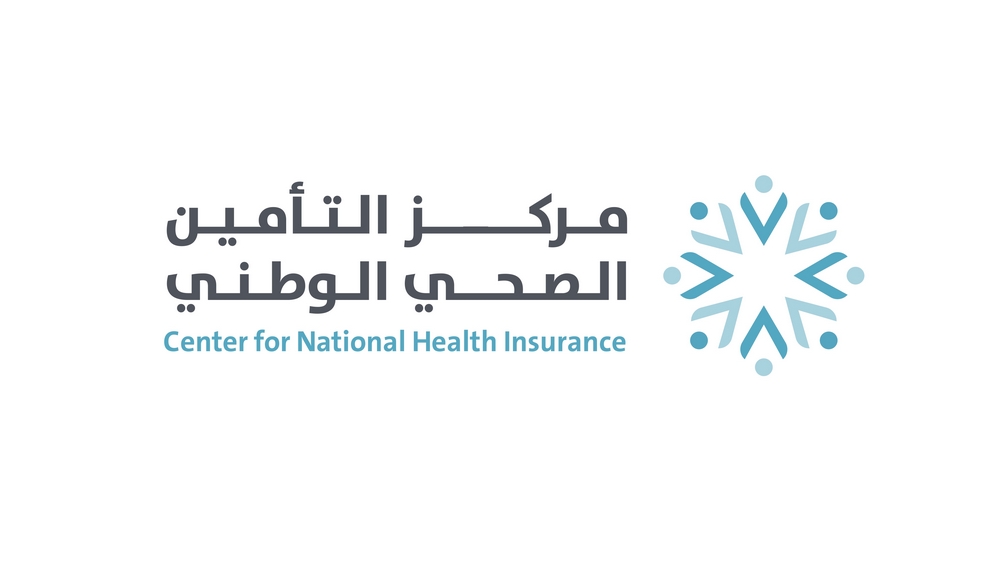
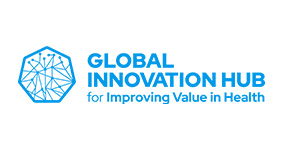
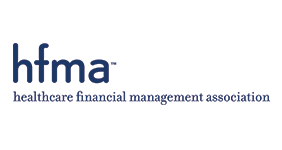
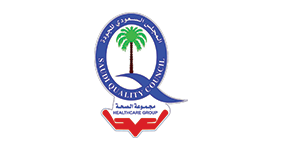
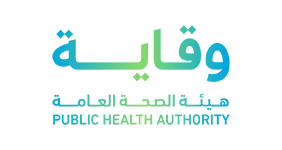
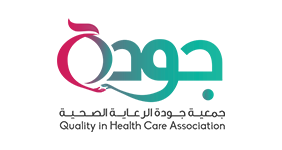
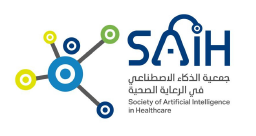
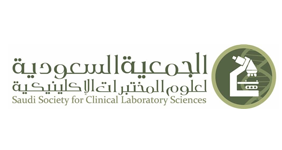
_page-0001.jpg)
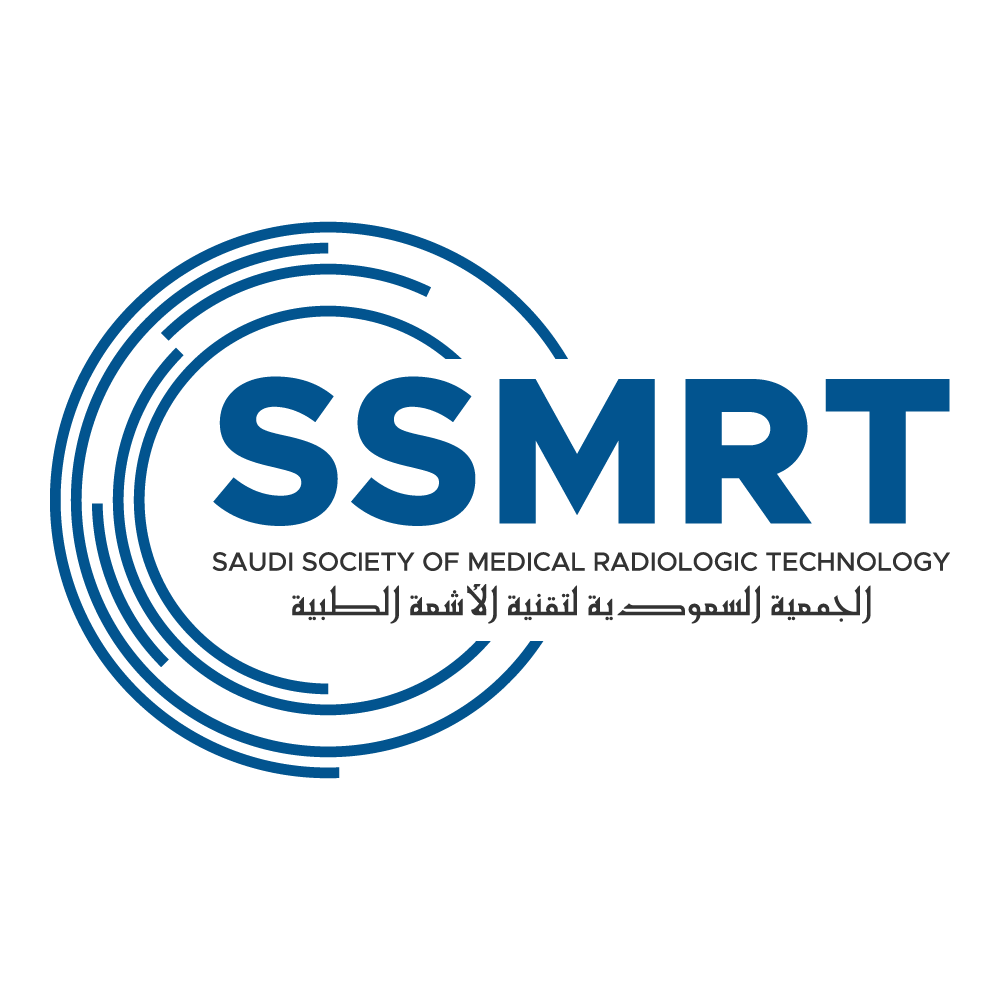
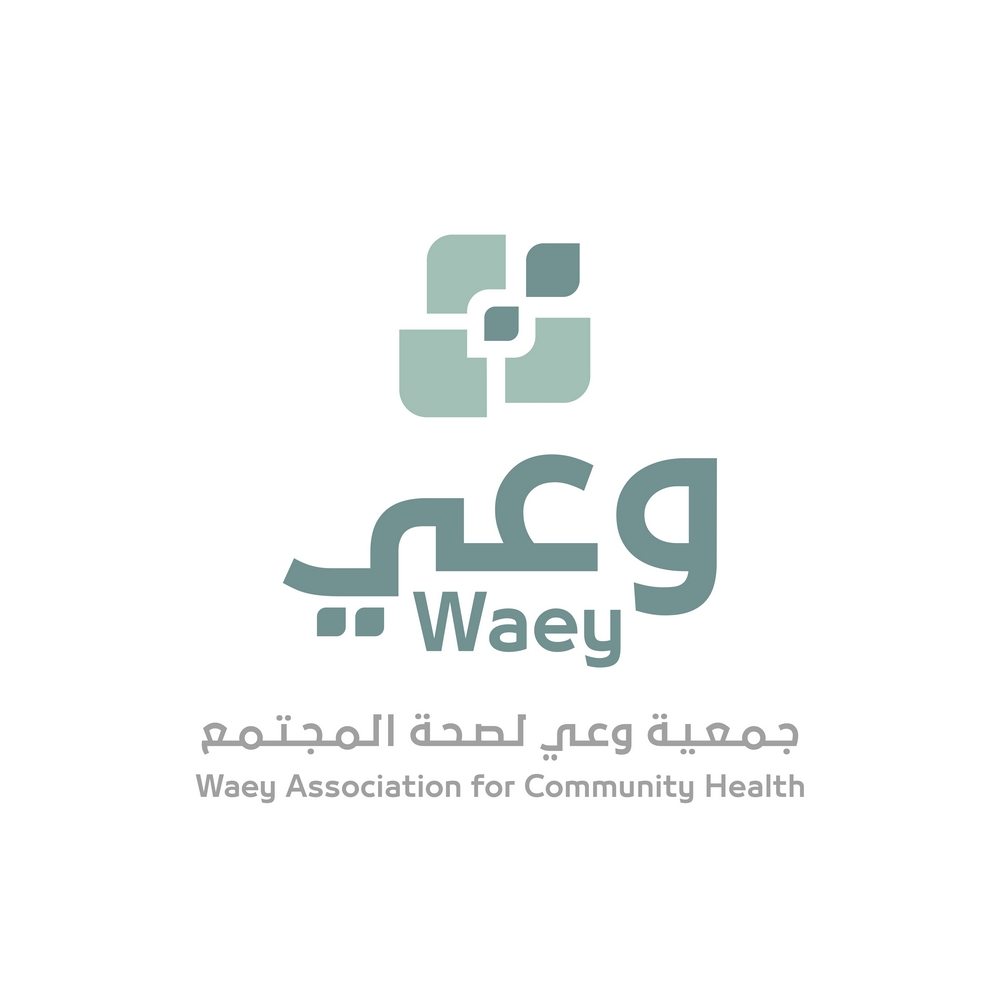

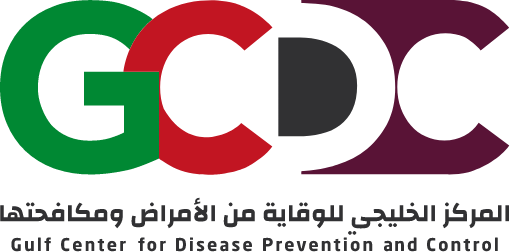
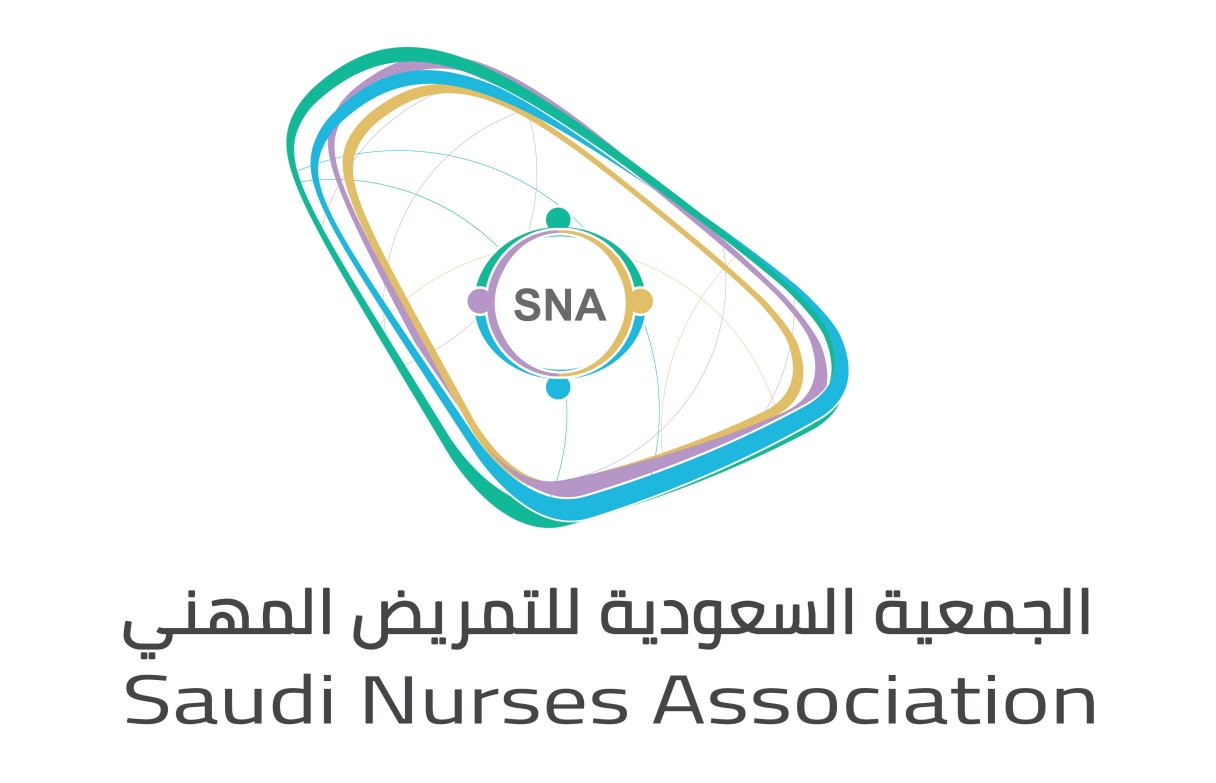


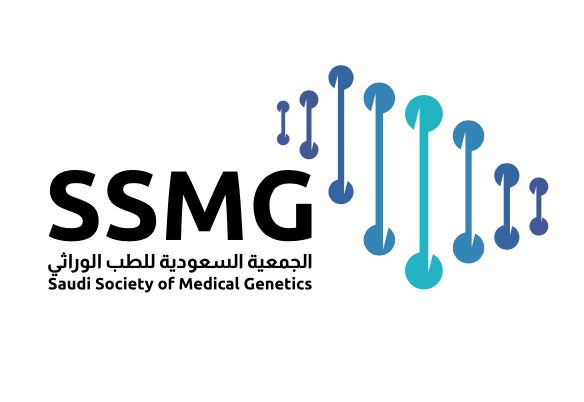

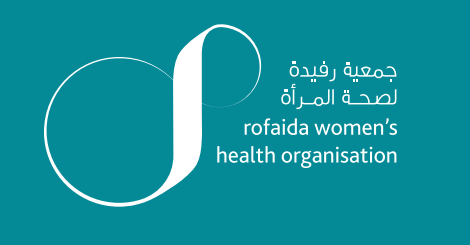



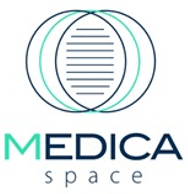


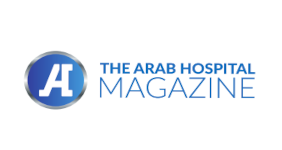
.png)

